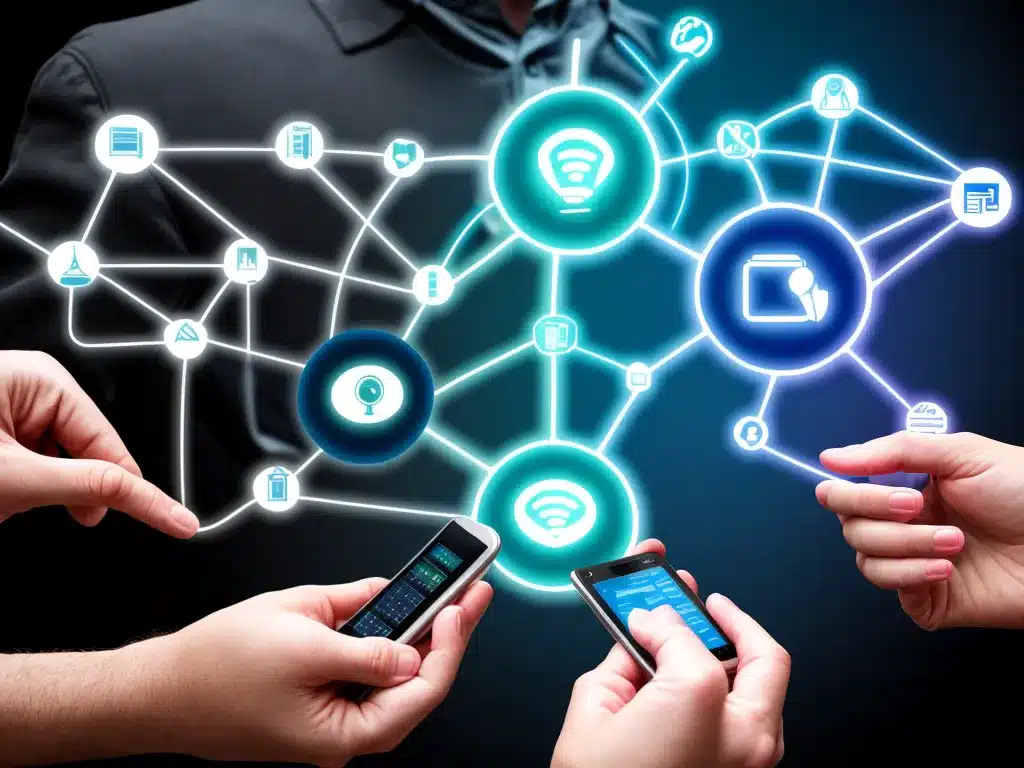
IoT Monetization Models: Finding Revenue Streams for Connected Products
Introduction
The Internet of Things (IoT) market is growing rapidly as more devices become connected and new applications emerge. However, while IoT adoption increases, monetization remains a key challenge. Companies need to find sustainable revenue streams for their connected products and services. In this article, I will explore the main IoT monetization models and provide examples of how companies are generating revenue from IoT.
Direct Monetization Models
One-Time Purchases
The most straightforward monetization model is a one-time purchase of the connected device or software platform. For example, consumers may buy a smart thermostat or companies might purchase an industrial sensor. The revenue comes directly from the initial hardware or software sale.
Subscriptions
With a subscription model, customers pay a recurring fee to access the IoT product or service. This provides predictable, recurring revenue streams. Examples include:
-
Connected device subscriptions – Consumers pay a monthly fee to use and connect to the device. Amazon Dash buttons use this model.
-
Software/platform subscriptions – Companies charge a monthly or annual fee to access the software platform that manages connected devices and data. AWS IoT Core uses this model.
-
Data subscriptions – Companies charge to access data streams from connected sensors and devices. GM OnStar uses this model for its vehicle data.
Usage-Based Fees
With usage-based pricing, customers pay based on how much they use the IoT product. Common examples include:
-
Metered utility pricing – Consumers pay based on the exact amount of energy or water used, as measured by smart meters.
-
Bandwidth charges – Companies pay for connectivity based on the amount of data flowing from sensors and devices. AT&T offers IoT data plans.
-
Charge per feature – Users pay to enable specific features or capabilities of a device on demand. BMW charges to add heated seats to some models.
Indirect Monetization Models
Data Monetization
Companies can monetize the data generated by connected devices and sensors by:
- Selling aggregated data to third parties. For example, insurance companies pay for traffic flow data from connected cars to analyze risk.
- Offering data analytics services to customers. John Deere analyzes farm equipment data to provide insights to farmers.
Marketplace Models
IoT companies can create a marketplace connecting different types of third parties:
- App marketplaces allow developers to build and sell apps that interact with IoT devices and platforms. Samsung SmartThings offers such a marketplace.
- Data marketplaces enable companies to share or sell IoT data streams to partners who can build value-added services. AWS IoT Data Exchange is an example.
By taking a commission on transactions, the marketplace owner earns revenue. The broader the ecosystem, the more revenue potential.
Ad-Based Models
Some IoT devices offer free hardware/services but monetize through ads. Examples:
- IoT devices like Alexa show ads on interfaces or companion apps.
- Connected TVs insert targeted ads into content.
- Free fitness wearables display ads in mobile apps paired with the device.
Location data and usage analytics allow highly targeted, relevant ads. However, privacy issues around data collection are a concern.
Reduced Costs
IoT allows companies to optimize operations, saving costs. Those savings represent an indirect revenue stream. Use cases include:
- Reducing energy consumption and waste through smart building upgrades.
- Improving manufacturing efficiency with predictive maintenance.
- Lowering operational expenses using connected logistics and asset tracking.
Conclusion
In summary, there are many innovative ways for companies with connected products to generate revenue, from one-time sales or subscriptions to data monetization and marketplaces. However, choosing the right monetization strategy requires balancing customer value against profit potential. The most successful business models align revenue streams with the unique capabilities of IoT devices and services. Companies must also consider revenue models that provide ongoing value as customer needs evolve over time.












